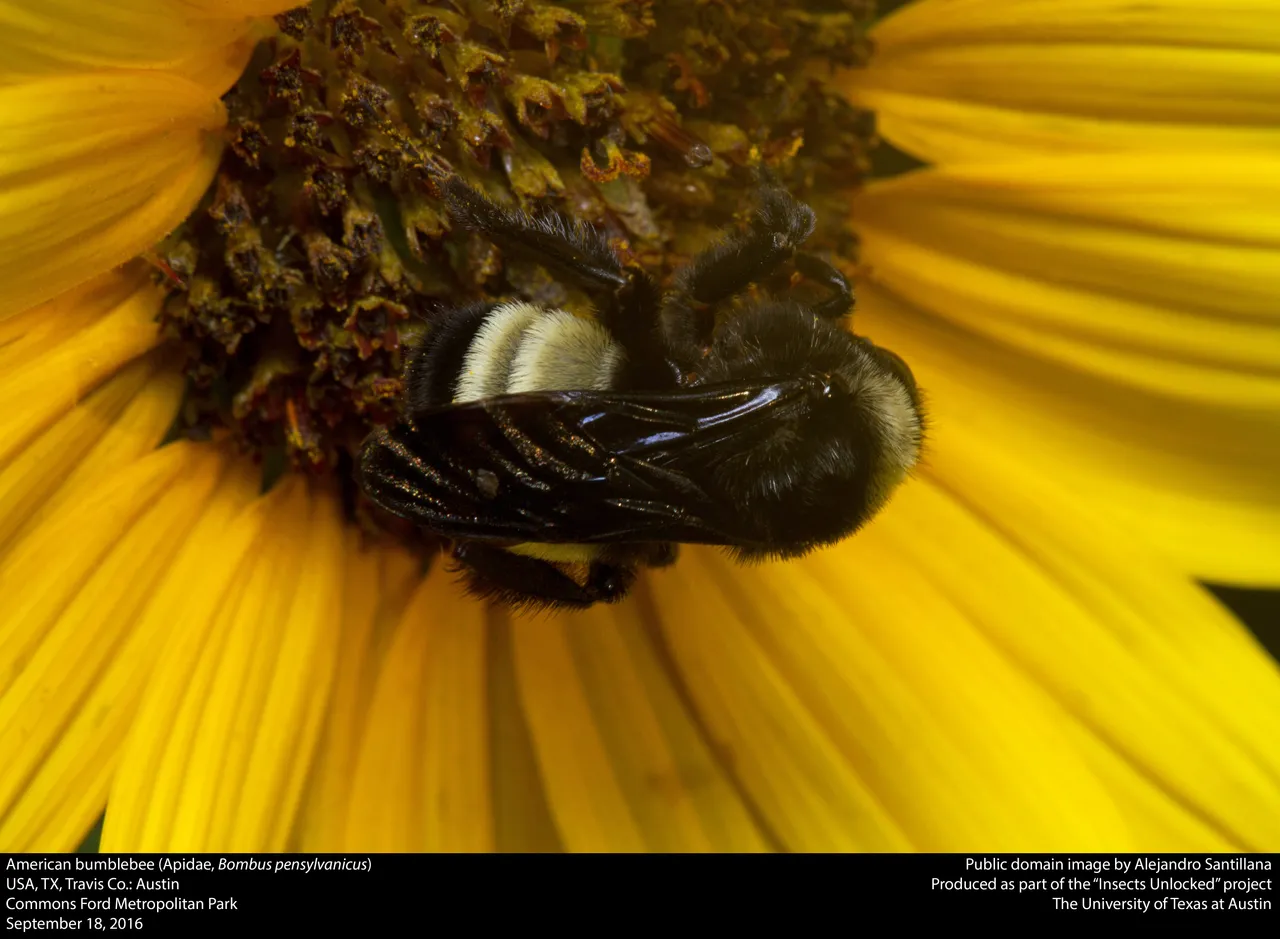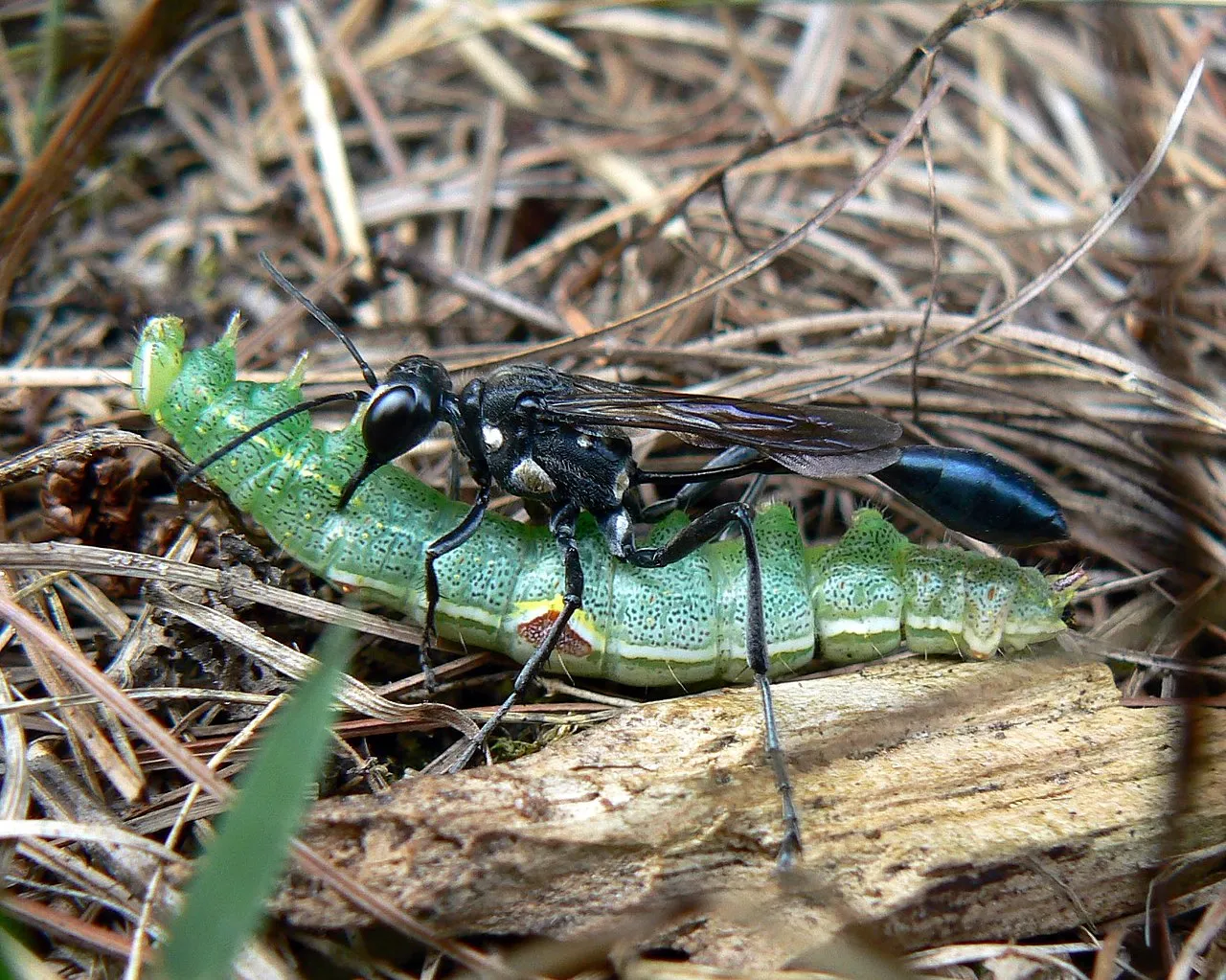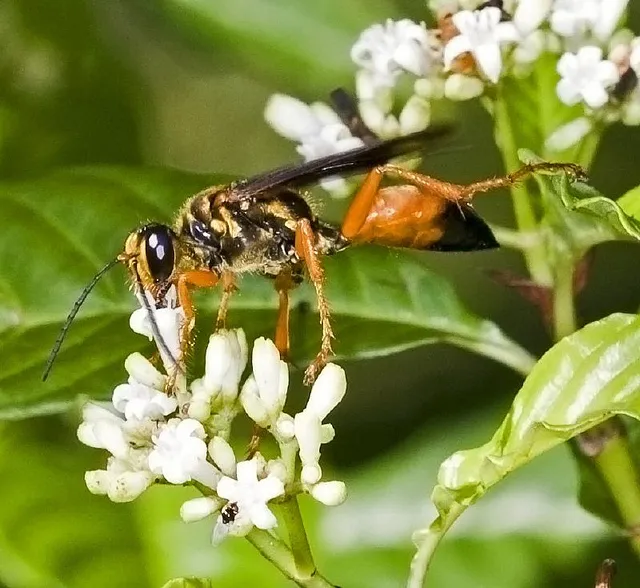As a mean to stop deer ticks and reduce the odds of getting lyme disease (seems effective here, though they can live in gardens) without spraying, I developed a garden over the last year. All hand dug, been extremely careful about protecting the the insects and worms I come across. Not very effective or efficient, with a garden of only about 1400 sq feet or a 33rd of an acre. But aside from whatever was here decades maybe centuries ago (finding old bricks, square nails, broken pottery, chest pieces ) there are no chemicals being added to the garden aside from some wood ash. I do have pictures of it, but my tracfone lg won't let me send them to my pc either by link or by email.
Last year the honeybees were everywhere on the mint plants. Mint is one of many types of plants that can naturally keep pests away. This year, we have barely seen a honeybee at all on anything. There is no reason for them to have disappeared. For many green types this is like an apocalyptic scenario, but it isn't as bad as people think. Even assuming there were no pollinators left, there are still a whole bunch of self-pollinating plants including peas, beans, tomatoes, corn, and peppers. Viva Mexico! As fictional Ian Malcolm reminds us from jurassic park, "Life, uh, finds a way".
Other pollinators are picking up in the ecosystem where the honey bees are missing. Note that all the images below are from wiki commons, of pollinators that I have seen in my garden. If I have the wrong painted lady, I done thing these types will get too angry about it.

The painted lady butterfly. image courtesy of wiki commons

Just spotted one of these this morning about an inch and a half long...went right back inside. The great black wasp. You really got to compliment the English on its really creative name. Image courtesy of the wiki commons. I have never been stung by a bee/wasp/hornet.

There are more bumble bees. I am not sure why a picture of a bumblebee is even needed but maybe some city folk haven't seen them, but here is a picture of the bombus pennsylvanicus courtesy of the wikicommons. Don't ask me to identify which bumble bee species is which.
There are also sweat bees, which are these tiny little bees-smaller than a house fly. No picture.
There also appears to be a very dark colored drone fly (I assume it is a drone fly), http://pollinator.com/identify/whatsbuzzin.htm. It is about the same size of a honey bee except overall it is very dark (no orange/yellow color at all) , its wings are always extended and perpendicular to the body. What is interesting about the drone flies is that they can eat aphids too, and unlike our pals the honeybees they seem to like highly polluted areas.
We also have an underground nest of bees that are pretty much docile they look like tiny honey bees, but the stripes at first make them appear as yellow jackets. The only thing I have seen them on is Cucurbitaceae or should I say cucumbers and squashes. Their nest is between some peppermint and oregano plants. It seems untimely for them to be polyester bees, those tend to appear earlier in the year-and there is clearly a bunch of them, which should mean they are not a solitary bee. They also don't produce honey.
edit
I also saw one of these crawling on the ground. Never seen one before, it is an orange spotted velvet ant. It isn't really an ant at all, but a wingless wasp. The link points to a page on bug guide, and it is clearly copyrighted. I will try to find an open source picture (there are many varieties on velvet ants-but not like that one), I don't think steemit would technically qualify as fair use.
end edit
** edit #2 **
One is a thread-waisted wasp. (wiki commons). They eat catapillars too.

The other is a Great golden digger wasp, which again the picture comes from wiki commons. Reportedly these guys eat crickets too, or at least provide them for their young.

Oh, the great black wasp mentioned above eats grasshoppers and katydids. So if something does wipe out the honeybee, we may have to say good bye to honey, but it is likely the replacement pollinators will be something that naturally kills pests without the use of chemicals. The velvet ants mentioned above are also called cow killers, but they don't kill cows-they just reportedly hurt like h*** if they bite/sting.
** end edit **
Why are the honey bees missing here? I have no idea. The only farm in the area is an organic farm that still uses animals, there are a few gardens in the area but all the seeds and seedlings sold in this area for us little guys are non-GMO. There are two large lakes. About the only thing I can think of is that there may be people in the area who are spraying to get rid of ticks to limit/stop the spread of lyme disease, and in the process are killing off the honey bees. There does seem to be a link with pyrethrins as reported by one media outlet. But the odds of them being used here I suspect are slim to none, and so this should be an area least affected.
It is sad and unfortunate about the missing honey bees. It isn't doomsday as the left wants us to believe, but it is still very concerning because the next question is what pollinator is next. Even if they all go, man could get by on self-pollinating plants. But it seems that the seeds of self-pollinators are clones of the originals, that they have ceased evolving, and that even if man were to go with self-pollinating plants in the future that it is a gamble waiting for the one disease that threatens everything. Well, supposing that does happen, man has at his disposal crispr.